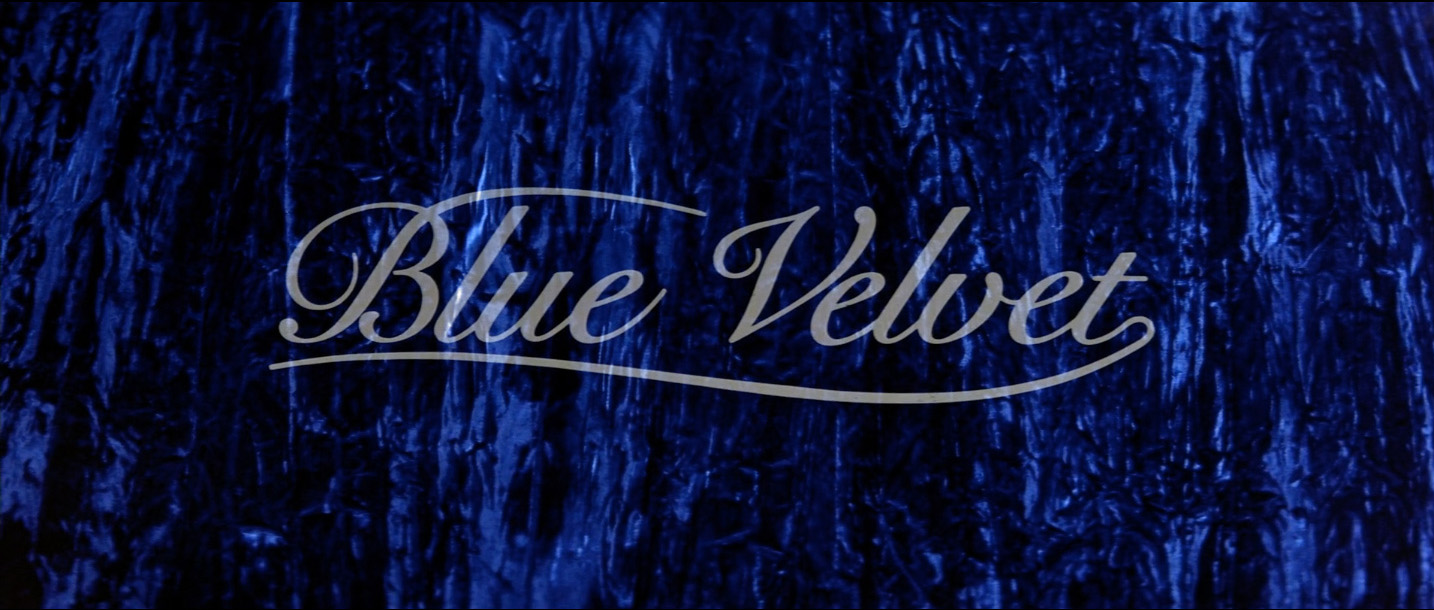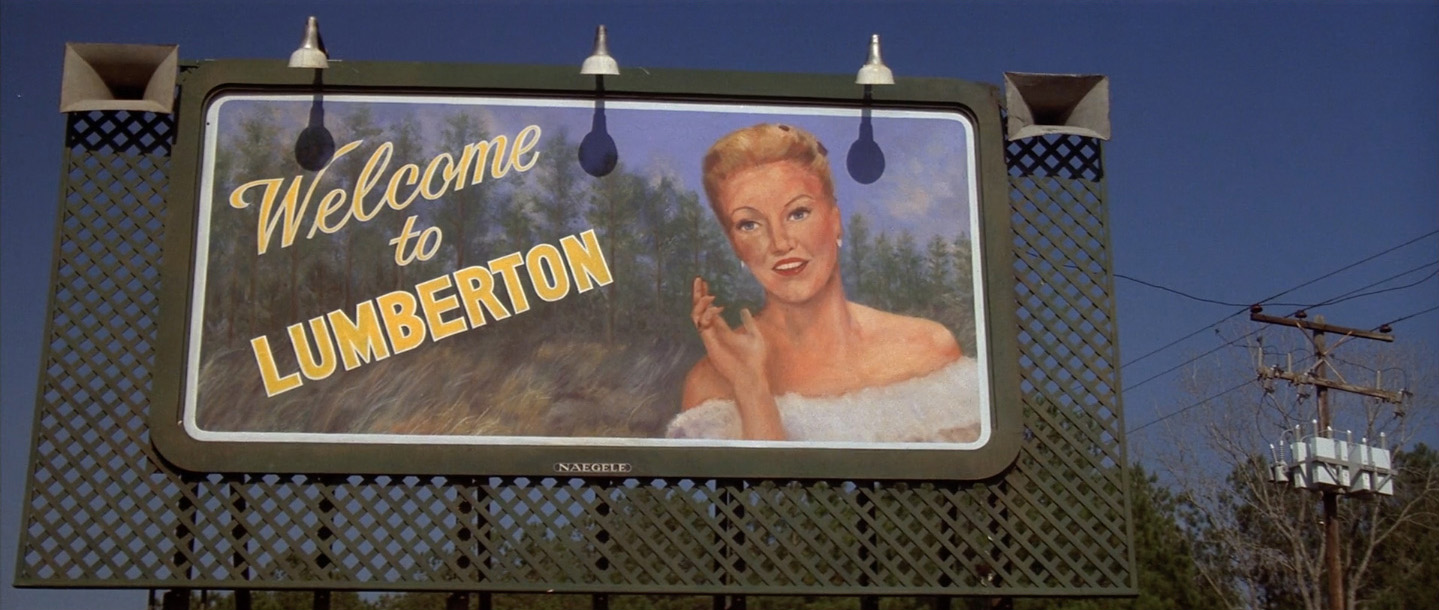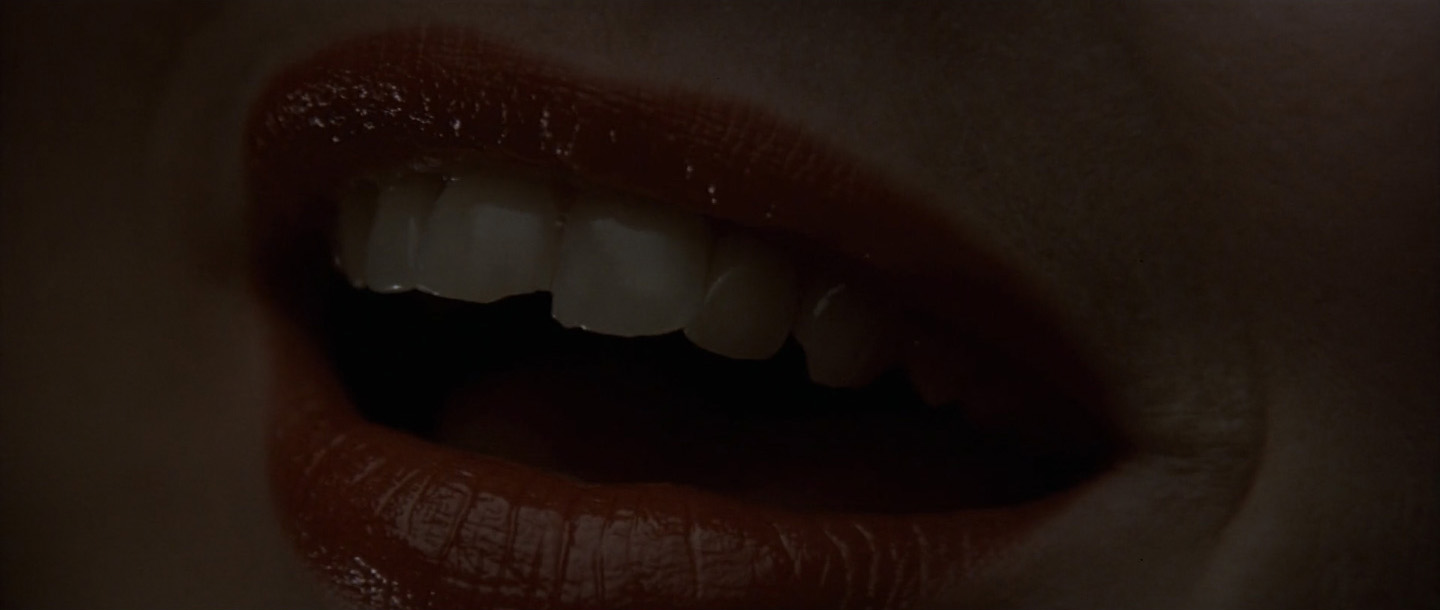Laura: “I don’t know if you are a detective or a pervert!” Jeff: “That’s for me to know and you to find out. This dialog defines the role game that has to be played by characters and audience in order to understand David Lynch’s masterpiece “Blue Velvet” (1986).
The film is all about contrasting the opposites. A place that is supposed to feel familiar, such as the nice all American town of Lumbertown, with simple lives and heroic ideals, can be at the same time a strange place, seen through the lives in the interiors of the houses, filled with mystery, secrets and strangeness. Just like velvet, touching it to one side is soft, and to the other is coarse.
With this principle in mind, the aesthetic of the movie is set to have very simple exteriors, with sleek lines and primary colors, often highlighting red, blue and white, colors of the American flag. On the other hand, interiors are very dense, if not piled with stuff, over charged with kitsch colors and baroque textures that give out the impression of sickness.
The main character Jeffrey, leads the audience through a mysterious, yet sensual voyage that will fluctuate between curiosity and voyeurism. Laura is there to accompany the audience until the end, and ask for the answers the public needs to hear. At the same time, she represents the bright side of the American dream, and the bubble she lives in will be broken as she is shown for the first time in the interior of a house.
Next to this blonde girl that embodies the rational and naïve, there is Dorothy, played by the iconic Isabella Rosselinni, a brunette cast to represent the irrational, sexual and dangerous…
We don’t want this article to be a spoiler, so we encourage you to watch the film and witness in front of your eyes the unfolding of a story filled with perversion, beauty, discoveries and of course, velvet.











































